Explore Rishikesh Like Never Before
Trekking, Adventure, Temples, Food & Everything You Must Know Before You Visit
Featured Article
Latest Article
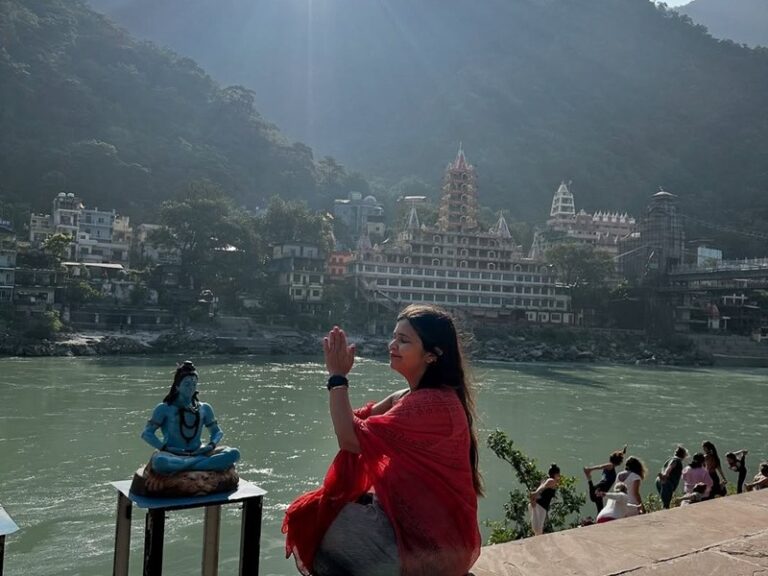
Sai Ghat Laxman Jhula Rishikesh Uttarakhand: A Complete Travel Guide
Sai Ghat Laxman Jhula Rishikesh Uttarakhand: A Complete Travel Guide Rishikesh, the “Yoga Capital of the World,” is full of
Mahavatar Babaji Stories: Divine Legends From the Himalayas
Mahavatar Babaji Stories: Divine Legends From the Himalayas The mystical Himalayas have long been home to yogis, sages, and enlightened

Hidden Rishikesh Trails: Kotli Bhel Waterfall in Kotli Village (Chardham Route)
Hidden Rishikesh Trails: Kotli Bhel Waterfall in Kotli Village (Chardham Route) Rishikesh is famous for yoga retreats, the Ganga aarti,
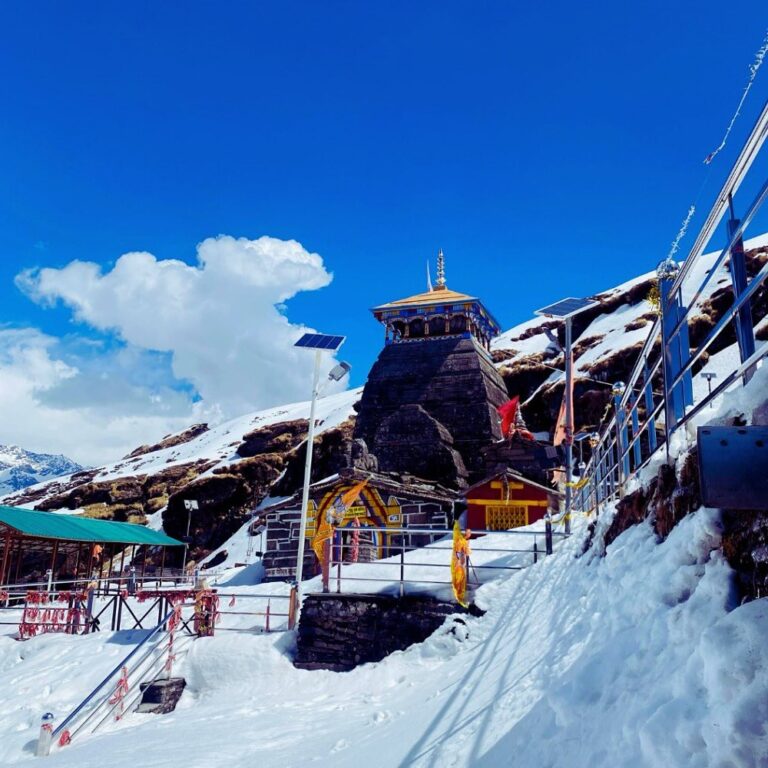
Celestial Tungnath to Chandrashila Trek : 4-Day Himalayan Adventure
Celestial Tungnath to Chandrashila Trek : 4-Day Himalayan Adventure If you are planning a breathtaking Himalayan adventure that blends mountain
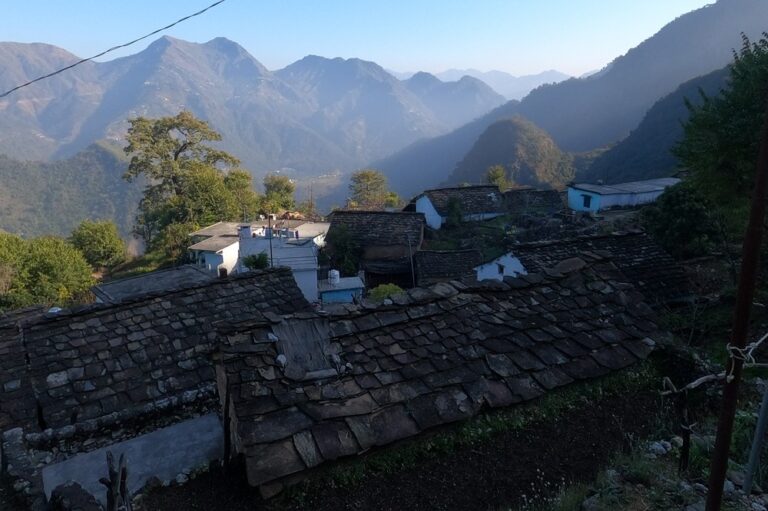
1 Day Trek in Rishikesh: Best Short Treks for Adventure & Nature Lovers
1 Day Trek in Rishikesh: Best Short Treks for Adventure & Nature Lovers If you’re planning a quick getaway filled
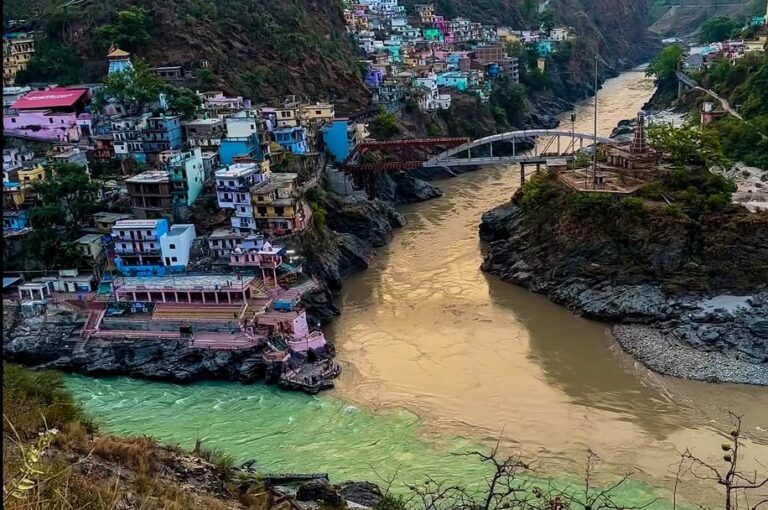
Best Day Trip from Rishikesh: Exploring Devprayag and Vashistha Cave
Best Day Trip from Rishikesh: Exploring Devprayag and Vashistha Cave If you’re in Rishikesh, known as the Yoga Capital of
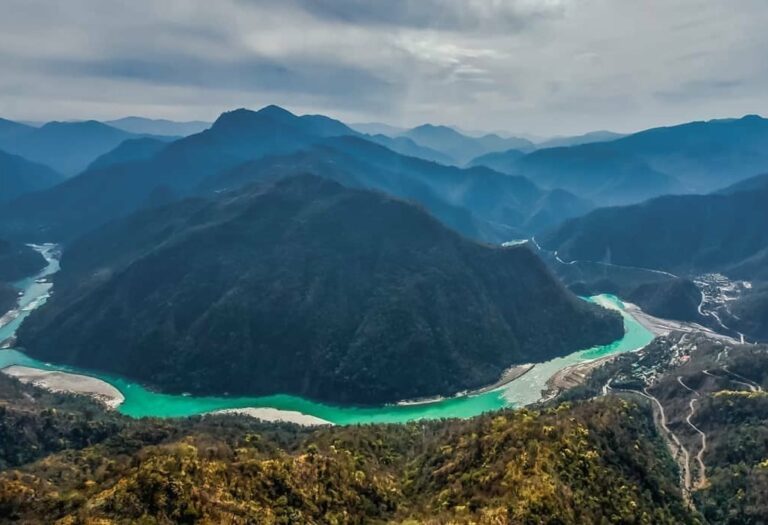
Discover Rishikesh to Shivpuri Distance & Temperature, 2025-26
Discover Rishikesh to Shivpuri Distance & Temperature, 2025-26 If you’re planning a trip to Rishikesh and wish to experience adventure,

Complete Guide to Laxman Jhula Parking: Location, Charges & Tips
Complete Guide to Laxman Jhula Parking: Location, Charges & Tips If you’re planning a trip to Rishikesh, one of the

Discovering Top 3 Pure Vegan Restaurants in Rishikesh’s Tapovan
Discovering Top 3 Best Vegan Restaurants in Rishikesh’s Tapovan If there’s one place in India where vegan travelers can truly

Exclusive Guide: Taj Mahal Closest Airport and Seamless Travel
Exclusive Guide: Taj Mahal Closest Airport and Seamless Travel Planning a trip to witness the ethereal beauty of the Taj
About me

I am Om. I am a Travel Consultant and a licensed Tourist Guide ( Approved by the Ministry of Tourism, Government of India), I am living in Rishikesh. I set up this blog to share my tips and experiences for traveling to inspire and help you to travel Himalayas & Spiritual Places in India.

